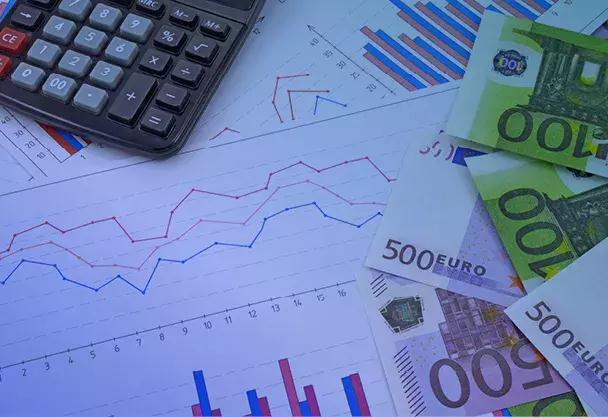
Investing between fear and greed
How would you characterise the average investor? That’s a question that’s often raised in the financial community.
All information contained herein is for information purpose only and addresses exclusively Members of Spectrum Markets and persons interested in becoming a Member of Spectrum Markets. Nothing herein constitutes an offer to sell or a solicitation of an offer to purchase any securitised derivatives listed on Spectrum Markets or any product described herein. Spectrum Markets does not provide financial services, such as investment advice or investment brokerage. Prospective retail investors can trade such products only with their brokers. The information herein does not constitute investment advice or an investment recommendation. Any information provided does not have regard to the specific investment objectives, financial situation and needs of any specific person who may receive it. Turbo Warrants are complex financial instruments and investors may experience a total loss.

It was 19 February 2020, when the Nasdaq Composite closed the session at a new all-time high – 9,817 points! The 10,000-points mark seemed only a few days away. But the Corona pandemic stopped the famous index, that includes nearly all stocks listed on the Nasdaq stock exchange in New York City, dead in its tracks. The Composite started to crash into the abyss – alongside the S&P 500, the Dow Jones and, indeed, all major stock indices and most other assets around the world. The shock and uncertainty about the potential drop in economic output due to the spreading disease was palpable.
About four weeks later, on 23 March, the crash ended. At 6,860 points – a loss of more than 30% – the Nasdaq marked its low and started to rise again. The pandemic was far from over and millions of people were continuing to lose their jobs, but the largest economic stimulus package in US American history, signed into law in the final week of March, helped to keep many small businesses afloat and boosted confidence.
What was particularly helpful to the Nasdaq, which is heavily weighted towards the information technology sector, was a surge in tech mega-caps like Netflix, Tesla and the so-called GAFAM companies (Google, Apple, Facebook, Amazon and Microsoft) – all of which saw demand in their products or services skyrocketing during the various lockdowns around the world. Consequently, they all registered a sharp increase in market capitalisation and have a huge impact on the Composite’s performance.
Obviously, like stocks listed on other exchanges, the Nasdaq’s constituents also benefited from the availability of cheap money, provided by the Federal Reserve, as well as the overall positive sentiment after the US presidential election and the announcement and distribution of vaccines towards the end of 2020. Ultimately, the Composite ended the year with strong gains, rising far beyond its original all-time-high in February – something that would have been hard to predict at the time of the crash. In fact, in 2020 the Nasdaq clinched its best annual return in eleven years!

The upwards trend continued well into 2021, as market observers expect an economic recovery at some point this year. Indeed, most specialists seem to believe that the stock markets – not only the Nasdaq – will end this year with gains, too. That is possible, however, the declines that the Composite recently registered, might be an indication for some volatility on the way.
Any such short-term swings of the index can be regarded as a trading opportunity. At Spectrum Markets, some of the major benchmarks like the Nasdaq-100 index are continuously amid the top-traded underlyings, with traders taking long or short positions, using the venue’s cost-efficient and seamless 24 hours access, 5 days a week. Also available are securitised derivatives on the S&P 500, Dow Jones, DAX, FTSE 100, CAC 40 and other indices.
Get in touch to find out how your retail clients can get access, too.